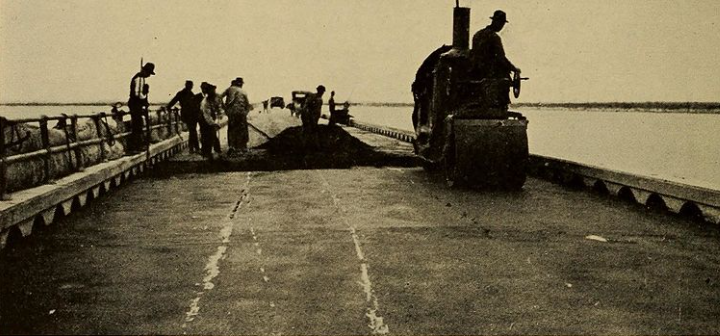
Road construction crew building the Yolo Causeway, 1920, Ohio State University
The nation’s poor road conditions and the 1919 Transcontinental Convoy prompted federal and state agencies to improve roads nationwide. Meanwhile, the demand for a national, interconnected highway system continued to grow.

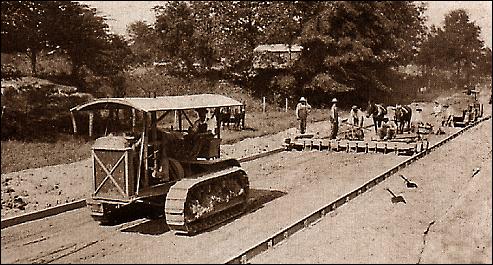
American road crew, 1930, Federal Highway Administration
The Federal Aid Road Act of 1916 established the first federal program funding road construction, granting $75 million to improve and maintain roads within individual states. There were several opposing viewpoints concerning how funds should be distributed between states, with Congress ultimately passing a financing plan that equally weighed state population, land mass, and route mileage.
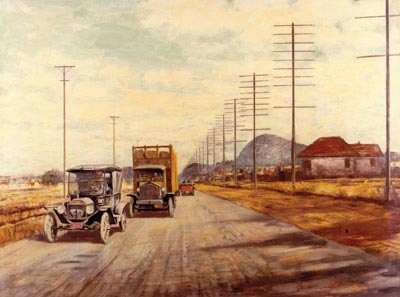
The first completed Federal-aid highway project, Contra Costa County, CA, 1918, Federal Highway Administration
"[This act] will strengthen the relations between the states and the nation, making them active partners in a great work for the common good."
~ Southern Good Roads, June 1916
This program was a major catalyst for the 1920s becoming a "golden age" of road building. In 1922 alone, highway construction tripled that of the prior 8 years.
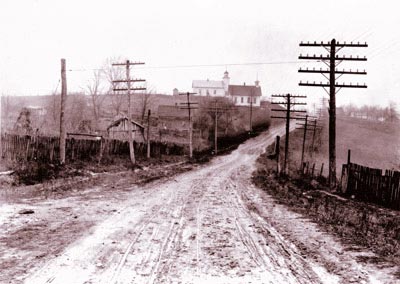
Before: Old National Road, Ohio, 1913, Federal Highway Administration
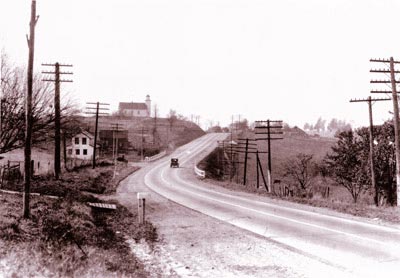
After: Old National Road, Ohio, 1928, Federal Highway Administration
During the Great Depression, the government leveraged road construction as an opportunity to provide numerous jobs to the unemployed. For example, the Workers Projects Administration paved or repaired 280,000 miles of roads across America.
"Adequate facilities for highway communication will be essential in the future as a part of an expanding, prosperous economy that will insure jobs."
~ President Franklin D. Roosevelt
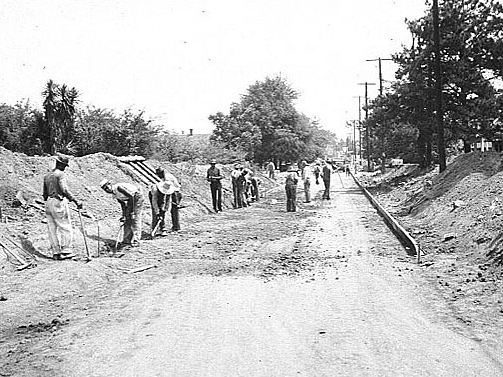
WPA Road Construction, Macon, 1936, Digital Library of Georgia
While road work had all but ceased during World War II, Supreme Allied Commander Dwight D. Eisenhower marveled at the ease of travel granted to Germany by the two-lane autobahn highway network. Eisenhower saw a similar system of transcontinental highways as a way to improve the nation's transportation efficiency and mobility.
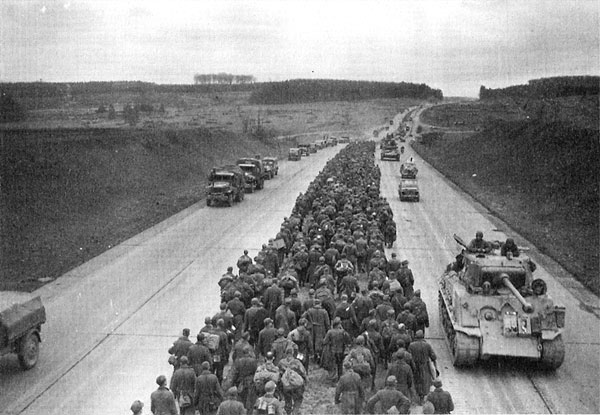
German Autobahn during World War II, 1945, Department of the Interior
"The old [1919] convoy had started me thinking about good, two-lane highways, but Germany had made me see the wisdom of broader ribbons across the land."
~ Dwight D. Eisenhower
After rationing throughout the war, Americans were ready to spend their savings. Industries transitioned from war to peacetime manufacturing and the G.I. bill allowed returning soldiers to purchase homes more easily. These trends led to automobile sales and suburban growth skyrocketing, further encouraging the idea of a national highway system to support the rising automobile numbers commuting to and from suburban areas.
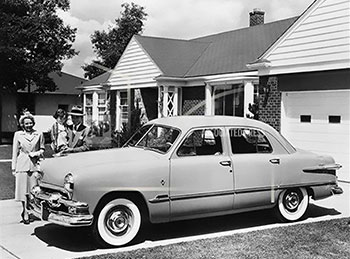
American dream of home ownership, 1950, Federal Highway Administration
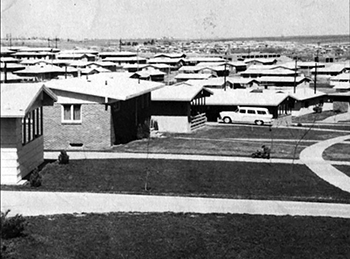
Large areas of new residential housing, 1957, Federal Highway Administration